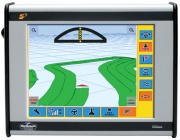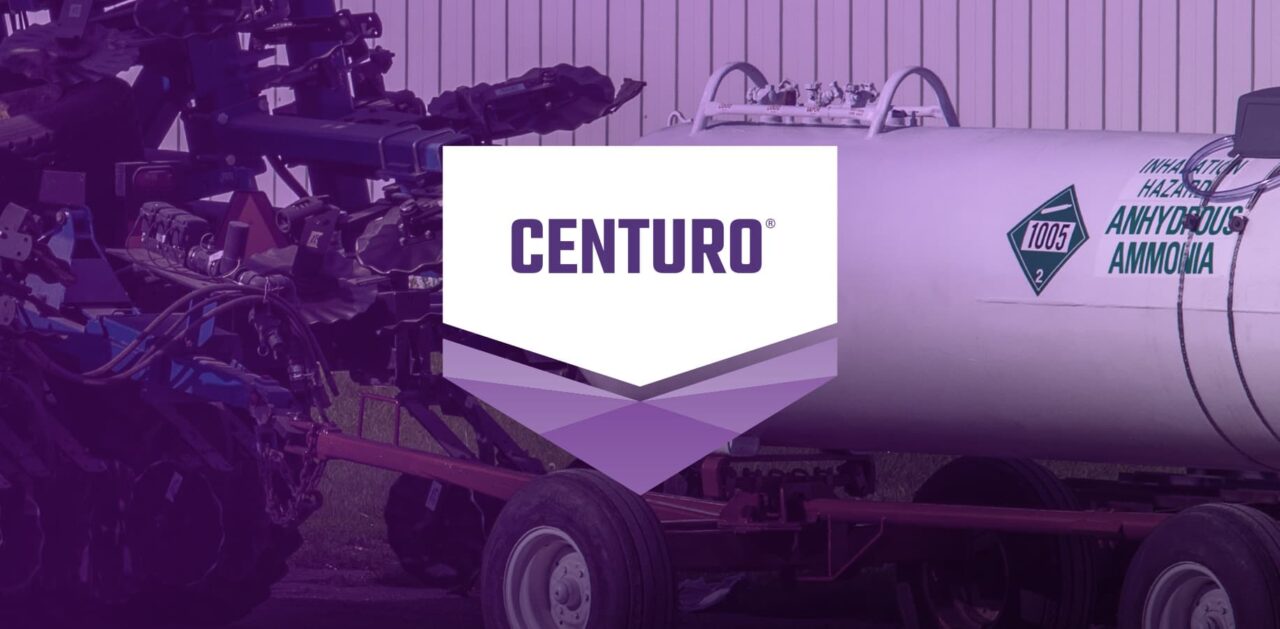Product Closeup: Visual Guidance Systems

If you ask Jeff Farrar, director of marketing-agriculture for Hemisphere GPS, visual guidance systems have changed significantly since the past five or six years. Back then, most operators were satisfied if these systems simply told them where their vehicle had been and where it was going. Today, however, most visual guidance systems are command centers for the entire operation or application.
“Visual guidance systems today offer much more than GPS guidance and have become the operator interface for spraying, nutrient application, machine control, planting and harvest duties,” says Farrar. “The need for precise application of inputs, combined with improvements in GPS accuracy and machine control, have brought the industry to a ‘do all’ terminal focus.”
Tim Stuenkel, market development specialist for TeeJet Technologies, agrees. “Data collection continues to be an integral part of this process,” says Stuenkel. “As input and commodity prices continue to rise, small gains in efficiency — even on conservatively-sized operations — can have a very significant payback.”
More Affordability
Indeed, initial cost/payback is one of the major reasons visual guidance systems are growing in popularity. “Guidance systems are more affordable than ever before,” says Lori Costello, marketing communications manager for Ag Leader Technology. “Technology improvements, enhanced functionality and a quicker return-on-investment are reasons that guidance is now a reality for many users. When used in conjunction with automatic steering systems, the combination provides many benefits, such as cost savings, reducing operator fatigue and improving input efficiency.”
Thomas Causey, marketing communications specialist for Topcon, thinks versatility is a motivator. “Entering precision ag with a low-cost visual guidance system that also records data and has the possibility to be upgraded with rate/section control offers customers value in managing their operations.”
Coupled with their affordability, visual guidance systems have also gotten easy to use. “The simplicity of the systems and overall user interface has really improved, as well as scalability,” says Ryan Molitor, marketing supervisor, Raven Industries, Applied Technology Division. “This is important because it gives customers the flexibility of adding on to their system as their needs change, all the while keeping in mind it isn’t a really complex system to use.”
Future Developments
Molitor expects visual guidance systems will gain more market intelligence soon. “Integrating wireless technology to help streamline data transfer, as well as the use of higher accuracy systems like RTK will benefit everyone and continue to grow in popularity,” he says.
George Huber, director, worldwide ag sales for Trimble, also foresees more full-system growth for this market going forward. “The future for visual guidance systems is to grow them into full precision ag solutions for automated steering, plus flow and application control,” says Huber. “Advances will come in guidance performance due to GNSS capability and the availability of higher accuracy differential corrections. They will also come in the precision ag applicatoins that can be controlled via the visual guidance system user interface. This is important because users want one multipurpose display in their cab.”
TeeJet’s Stuenkel agrees. “Visual guidance systems are becoming the central hub of a wide range of machine operation and data collection activities,” he says. “The ability to effectively control a variety of tasks from a single console, while simultaneously gathering and transmitting field data, will be critical as we move forward.”






